We sent our European correspondent, Nick van der Meulen, to attend a WEC event in Italy, billed as the 6 Hours of Monza.
The World Endurance Championship series hosted its inaugural endurance event at Monza from July 16 to 18. Spectators were only allowed onsite to witness the race on Sunday, with the free practices and qualifying held behind closed doors. The organisers went to great pains to ensure that the 6 Hours of Monza, hosting spectators for the first time, would go off smoothly.
Socially distanced seats, with Perspex protection, were in place – while spectators also had to register for contact tracing, having to produce a QR code along with their ticket on the day. The media had to have a PCR test, irrespective of whether they had received their double vaccination dose or not, with a negative result ensuring that they could receive their relevant documents for entry.
Follow Double Apex on Instagram and Facebook where we share more car content.
Order from our online store and take advantage of free delivery in South Africa on orders over R349.
Debut
PeugeotSport took the advantage of the race weekend to unveil their Hypercar entry and the machine was seen on track as part of its promotion. Read more about the Peugeot 9X8 here. Other media events at the 6 Hours of Monza included the ten Ferraris entered photographed on the old banked corner, Toyota Gazoo Racing team interviews, as well as one with Juan Pablo Montoya.
Keep your distance
With social distancing and safety being key, it is clear that the buzz of the paddock was severely subdued. The fact that a race could be held and that one could hear the noise and see the cars in person, however, made me realise that this was all worth it. I have missed this so much and I realise this is why such great efforts are being made to get spectators back to the race track. It is a two-way street: the teams and drivers want to experience the ambience of the fans back at the track, while the fans crave the colour, the noise and the action. Racing is life.
Single-seat FIA race action will take place in Cape Town as Formula E races here in 2022.
Reliability is key
Endurance racing is unpredictable, however: speed does not translate into reliability and it is important to have a bulletproof machine, as well as pace. This is what makes endurance racing so fascinating, along with the fact that there are various classes that race. At Monza, there were 36 entries in four classes that took part. Each free practice session painted a different picture and one was not entirely sure who would dominate proceedings.
Leading the charge
The Hypercar class saw five entries at the 6 Hours of Monza, with Toyota Gazoo Racing heading the field, with the Alpine looking very quick too. Team Glickenhaus, having only their second outing with their new machine, looked to be running more reliably than at Portimao and on the pace. Interestingly, the team moved veteran Ryan Briscoe to the bench (he was at Monza to support) for reasons unknown.
Switzerland’s Sebastian Buemi (Toyota #8) had the opportunity of being the first WEC driver to post 20 class victories in WEC, surpassing Pedro Lamy in the process. His machine was one of two Hypercars that ran into maladies on race day, putting paid to his chances of breaking the record at Monza.
Toyota #7, with Jose Maria Lopez at the helm, dominated proceedings from the outset and took the lead at the start with its sister machine giving chase, before the #8 Toyota ran into fuel pressure issues after the first hour. The issue was quickly sorted out and the car returned to the battle, only for Brandon Hartley to run into brake issues soon afterwards and return to the pit lane.
Jim Glickenhaus must be well pleased with the performance of his team: the lead car (#709) ran strongly, giving the Alpine team a hard run for its money in the battle for second place at half distance, while the sister car ran rough for the first hour, just staying ahead of the LMP2 class, before a spark plug was changed at the pit stop. The 708 machine ran into a gearbox issue just before the 3-hour mark, which was terminal.
Click here to view the gallery.
Late action
Drama struck with two hours remaining, when Toyota #7, with Kamui Kobayashi behind the wheel, picked up an issue with the hybrid system and coasted to a halt just before Variante Ascari. He managed to reset the system and get going again, but not before Team Glickenhaus surged into the lead. It was short-lived, though, and Romain Dumas had to bring the American machine into the pits for a change of brakes.
Toyota suffered a further scare when Kobayashi suffered a right rear puncture at the end of a fuel stint, which may force the team into a splash-and-dash at the end. Under full-course yellow conditions, the Japanese superstar managed to do so with 30 minutes remaining and to rejoin the race without losing the lead, beating the Alpine to the chequered flag after a spirited performance from the French team. Team Glickenhaus finished on the podium in class for the first time, classified fourth overall.
LMP2
The LMP2 class (which consists of entirely Oreca-Gibson machines, with the exception of #44, which runs a Ligier-Gibson) saw the #22 United Autosports take the lead from polesitter #31 Team WRT, while the #38 Jota machine made its presence felt by carving its way through the field after having to start at the back of the prototype grid. Unfortunately, the #38 ran into trouble just before half distance, due to an engine misfire, and was forced to dive into the pits for repairs. United Autosports won the class and finished a brilliant third overall, while Team WRT finished runner up and fifth overall. Racing Team Nederland (#29) finished third in class and sixth overall.
LMGTE Pro
The LMGTE Pro class saw Ferrari begin strongly, however, the works Porsche team had other ideas after recently wresting the world championship lead away after Portimao. There were only four entries in the class, two works Ferraris and two works Porsches, and they were very close together in terms of pace. The #92 Porsche, driven by Kevin Estre, took pole position for the fourth time in succession, care of a tow from its archrival, the #51 AFCorse Ferrari, and the team managed to control the race from the front, seeming to have its rival under control. The two rivals continued to vie for the lead all the way to the chequered flag, with the Porsche finishing marginally ahead of their arch rivals.
LMGTE Am
Eight Ferraris were entered for the sizeable LMGTE Am class, but it was Aston Martin #33 (TF Sport) that took pole position and dominated for the first half of the race, before the front left tyre of the machine let go, destroying the bodywork in the process. Eventually it was AFCorse Ferrari #83 who finished 45 seconds clear of two Aston Martins crossing the finish line inline astern: #98 (Aston Martin Racing) and #777 (D’Station racing).
The fourth round of the World Endurance Championship takes place on 21 August. It requires no introduction, for it is the Le Mans 24 Hours…

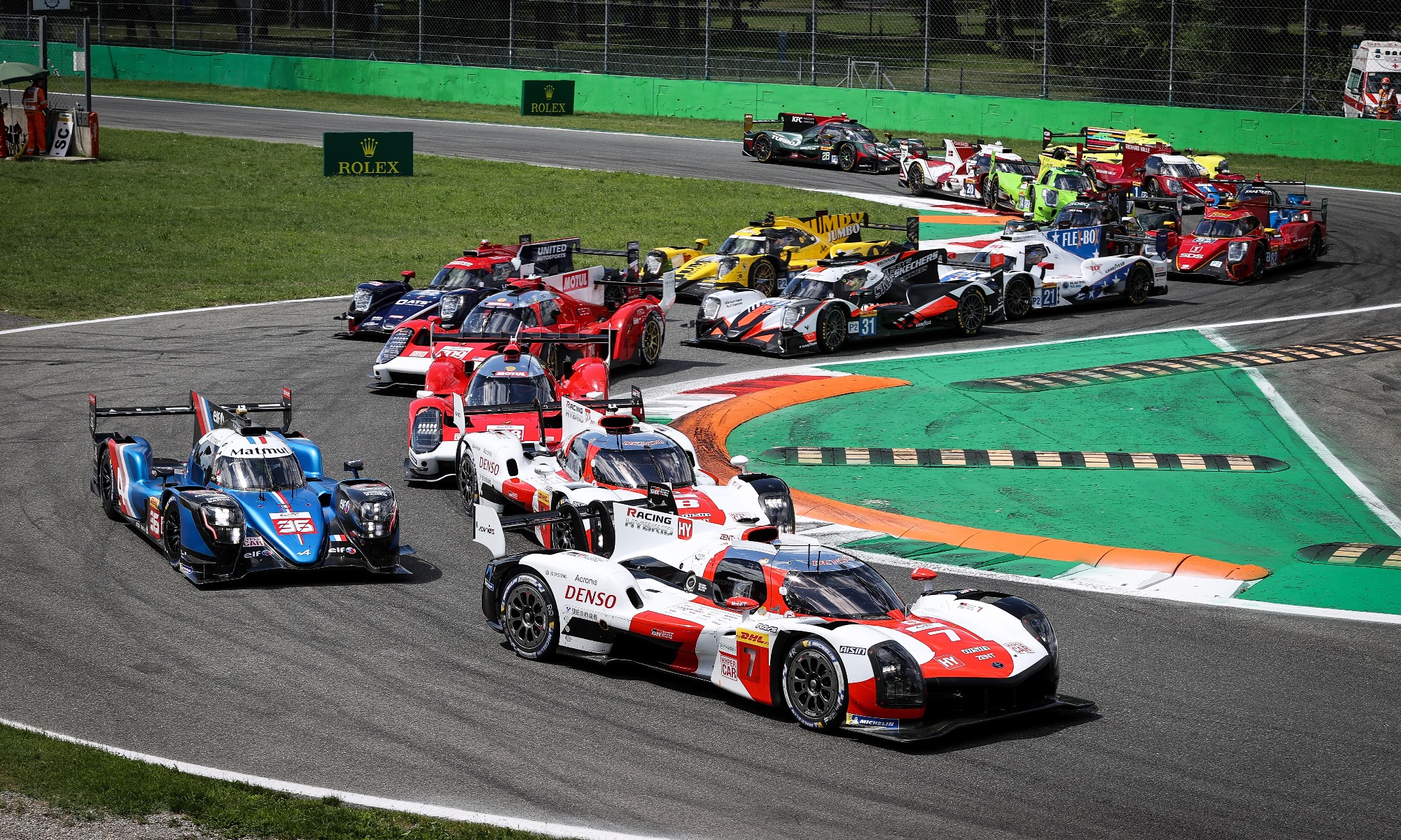
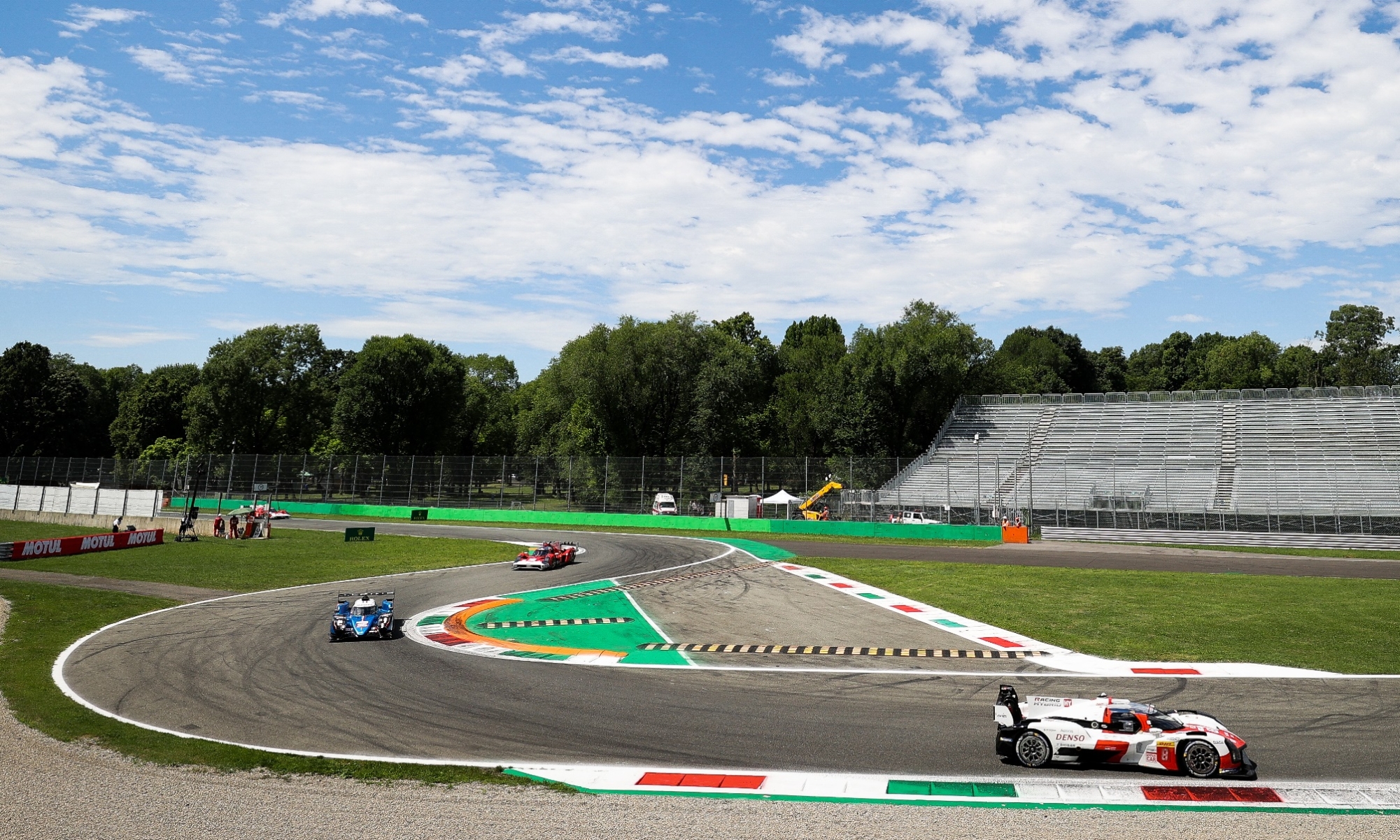
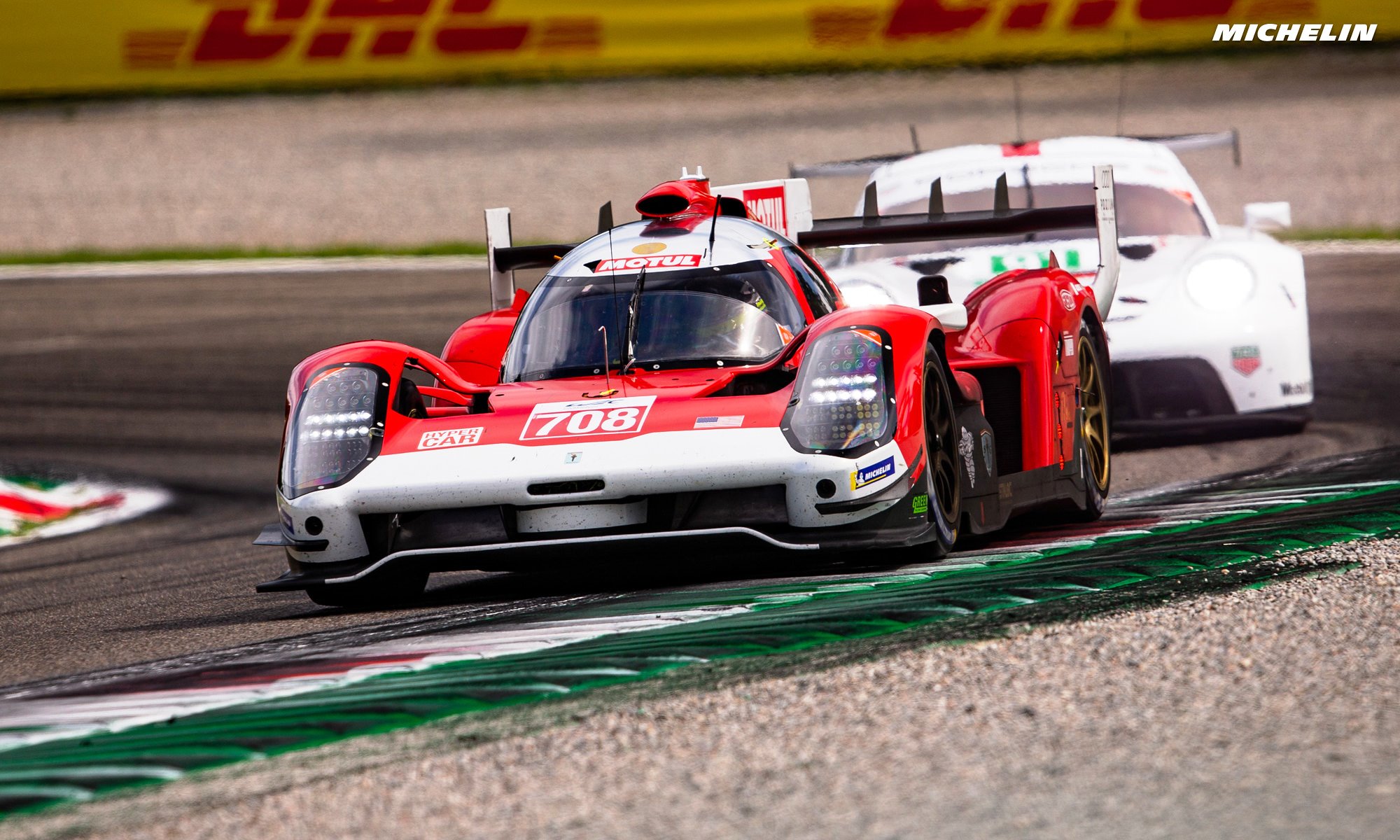


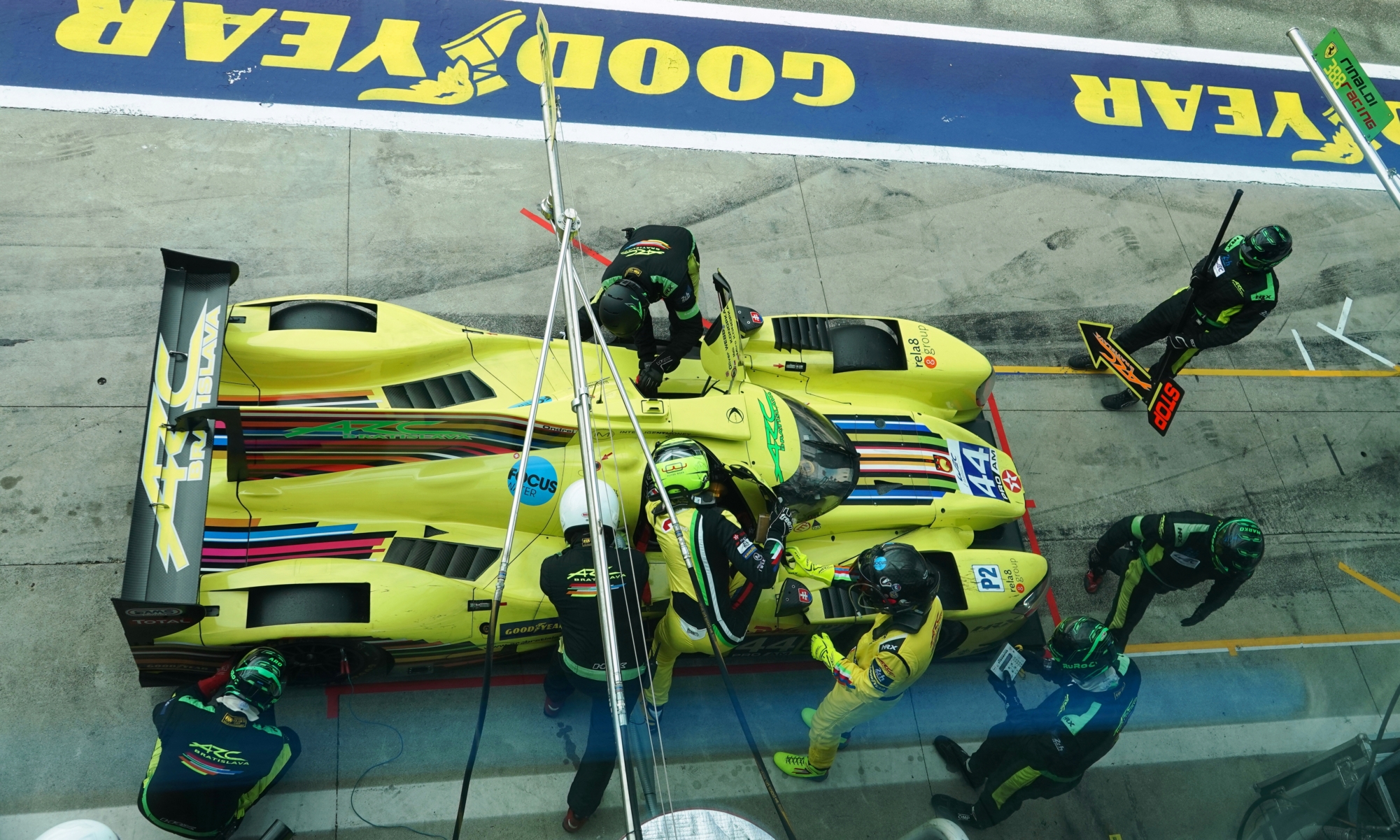



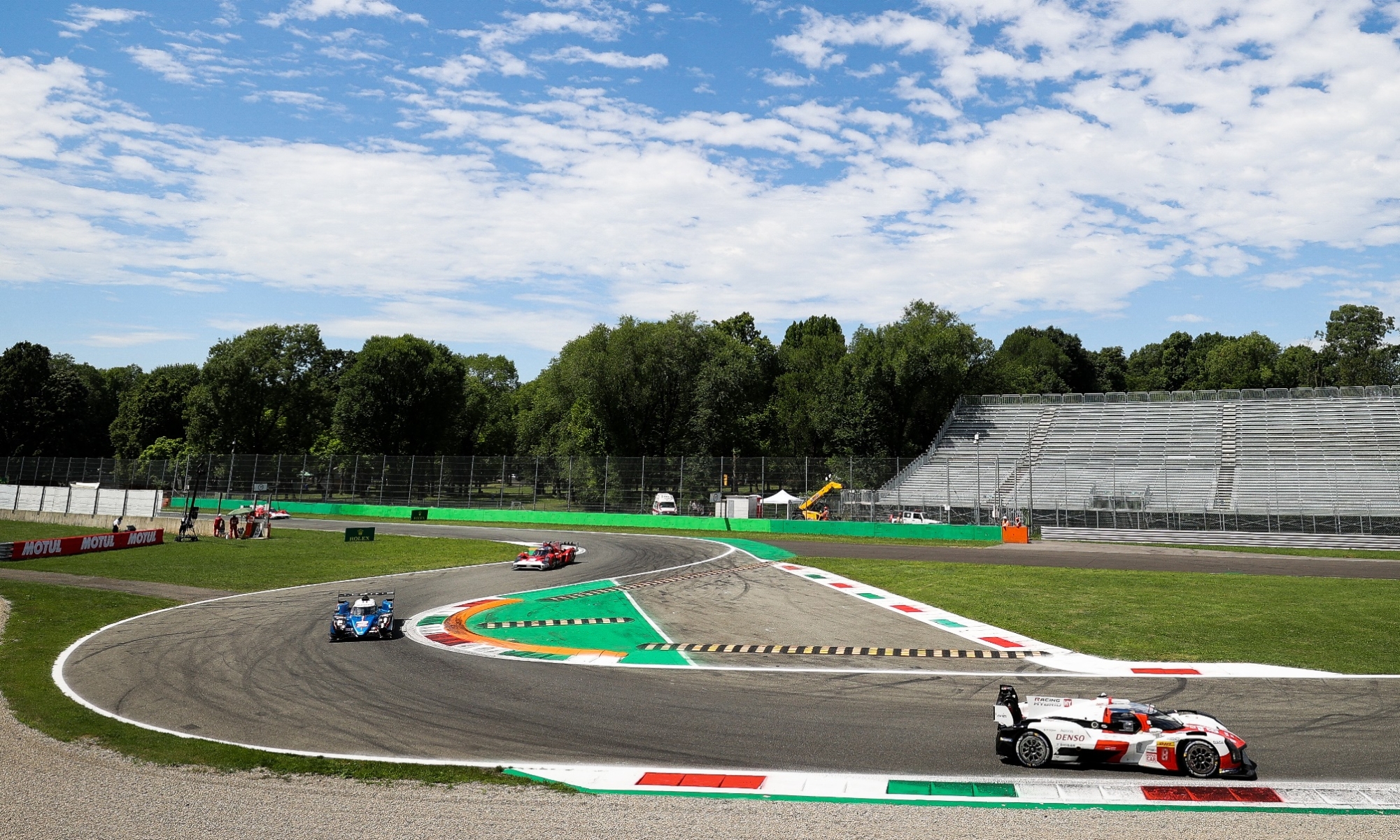
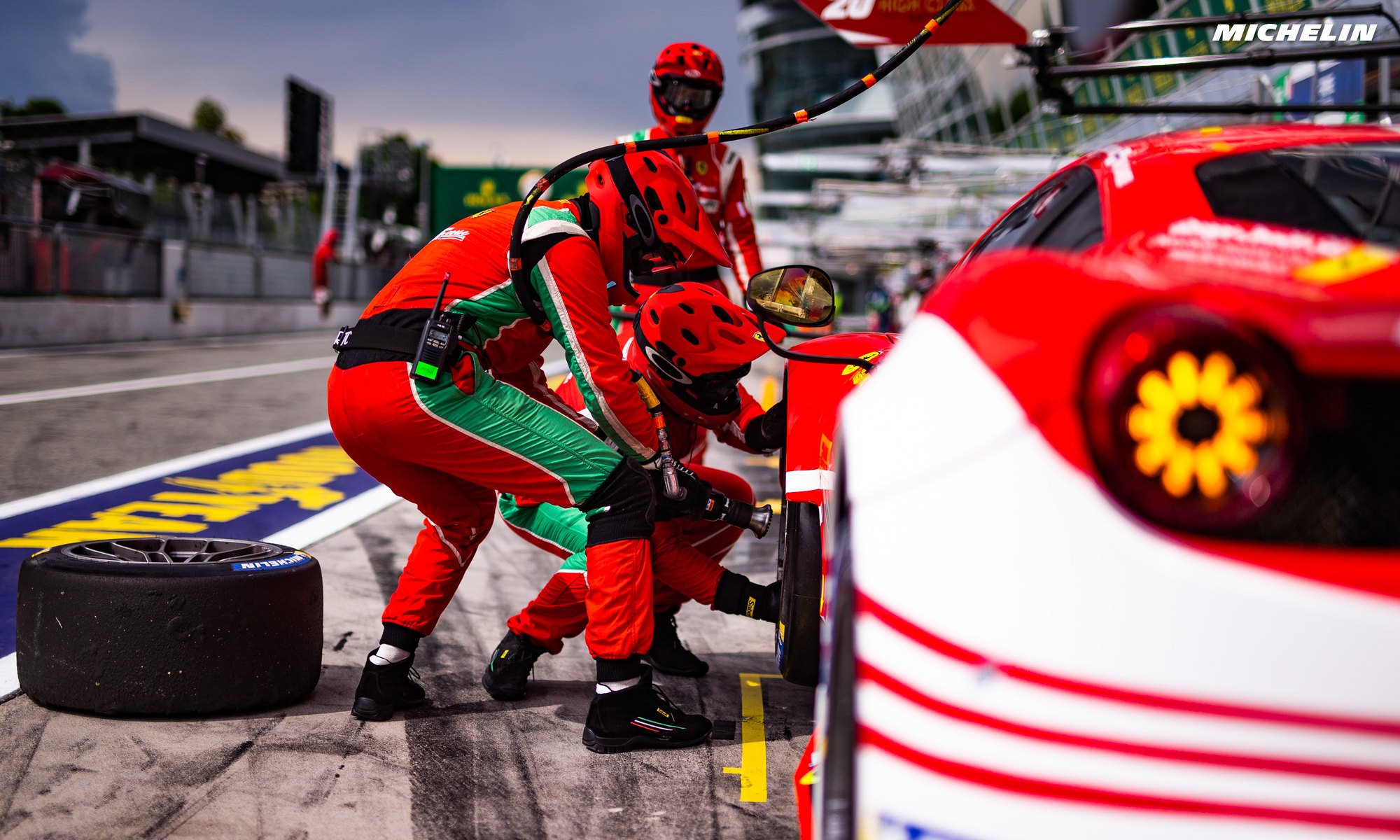
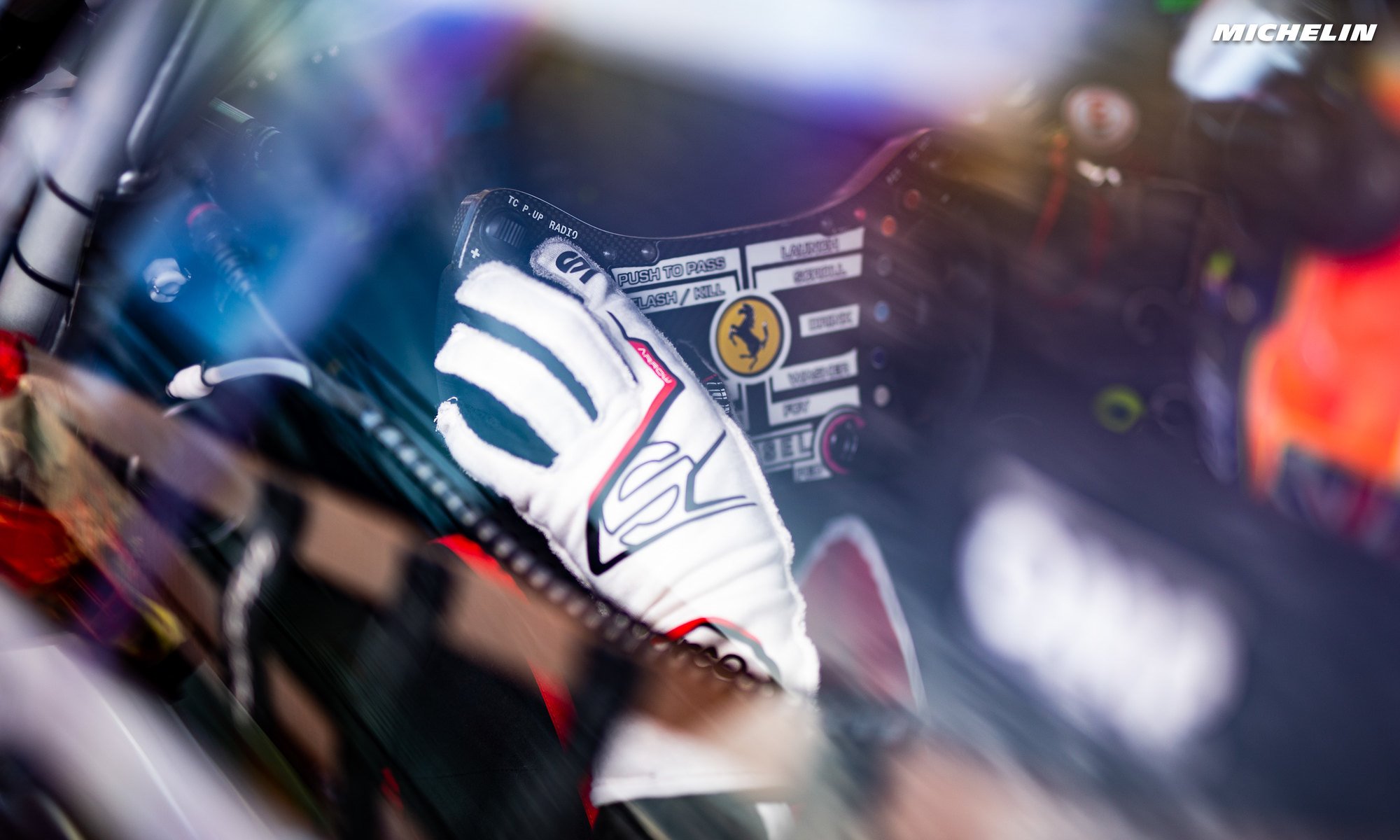
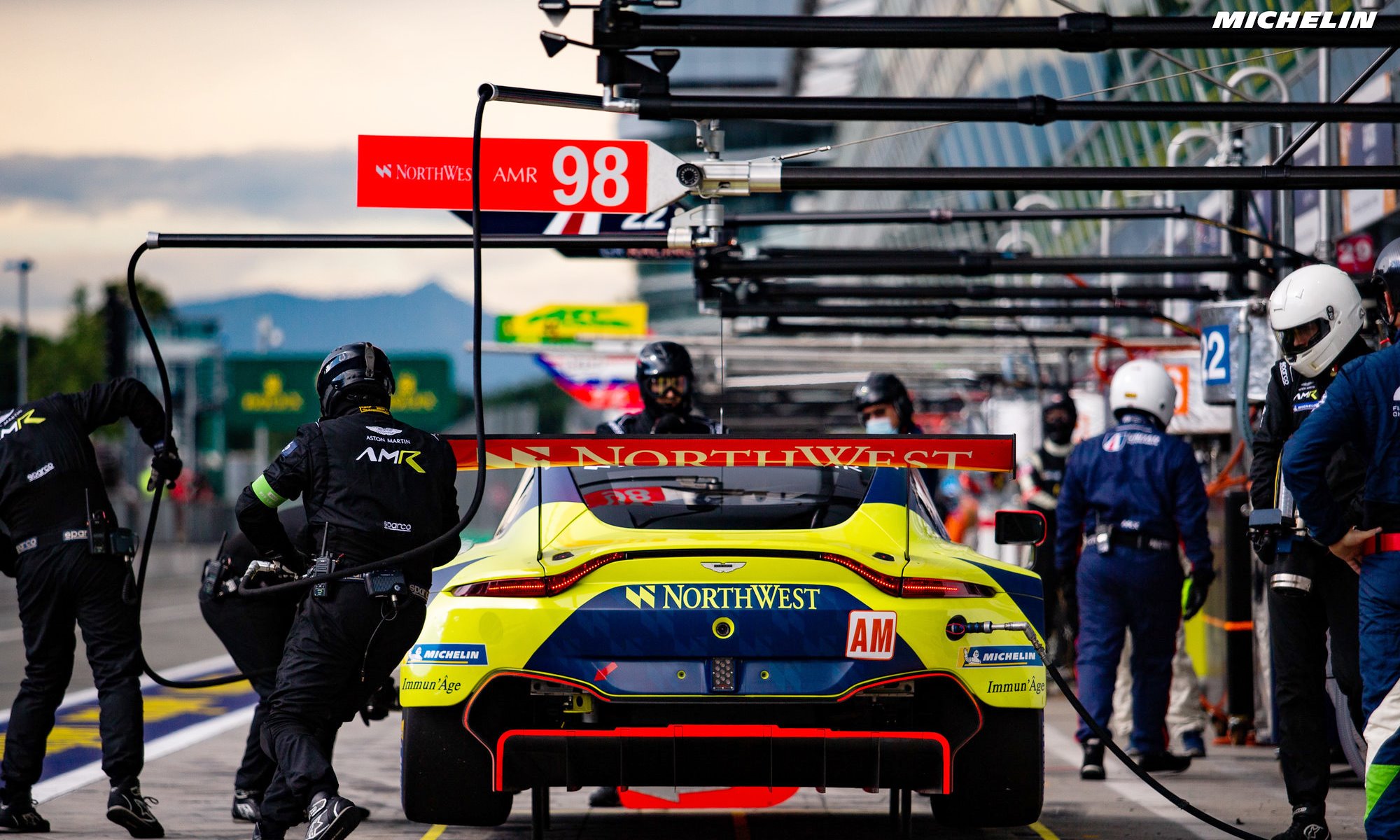
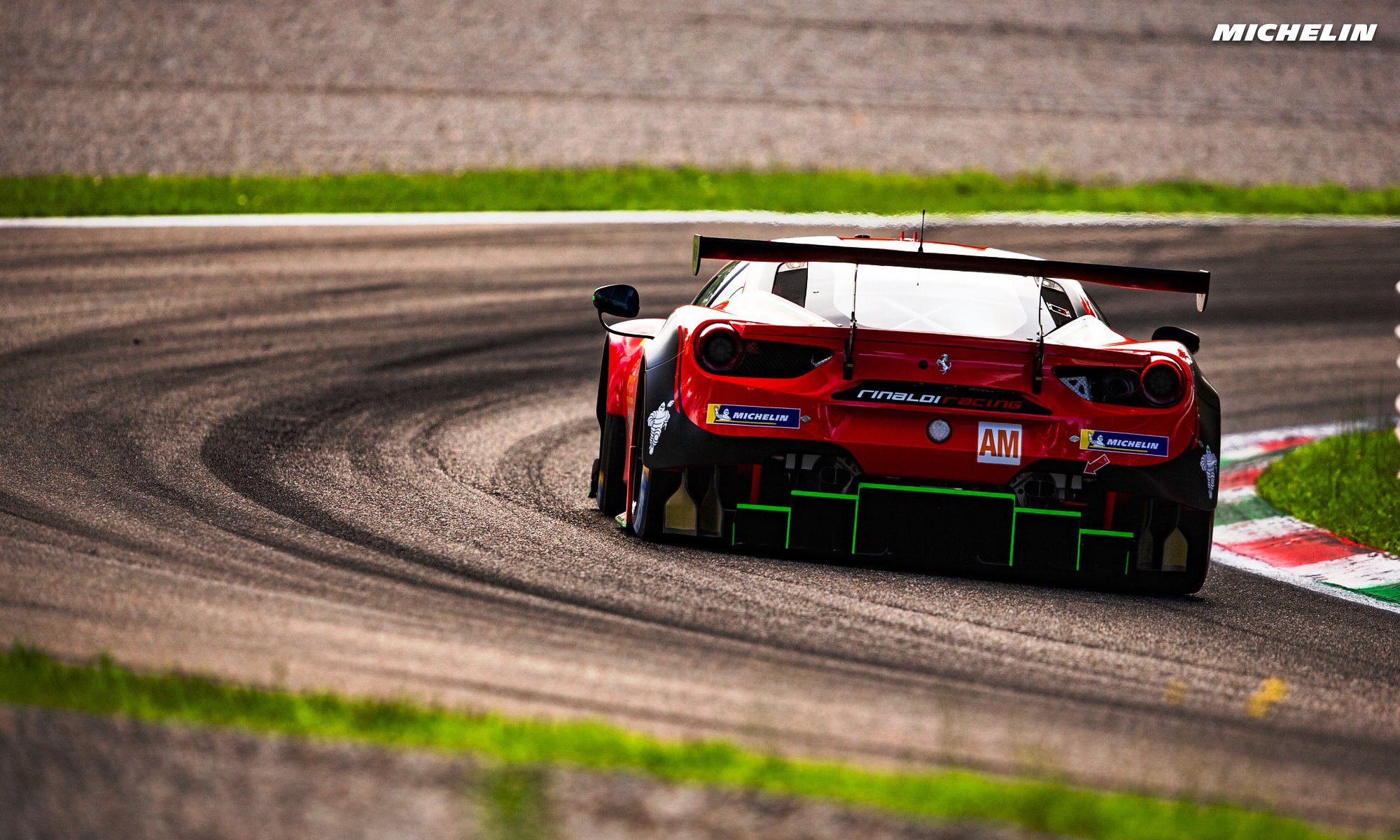



![[UPDATED] Mazzei Formula Five Is One Man’s Obsession](https://doubleapex.co.za/wp-content/uploads/2024/08/Mazzei-Formula-Five-500x383.jpg)
Leave A Comment